In this Article:
Key Takeaways
- Understanding the Eight Trigrams System: The Eight Trigrams, integral to ancient Chinese philosophy and divination, represent fundamental elements and natural forces in the universe, based on the principles of the I Ching.
- Interpreting the Symbols and Meanings: Each trigram in the system holds unique symbolic significance, such as Kun symbolizing stability and Dui representing activity. Understanding these symbols offers profound insights into the world.
- Applications of the Eight Trigrams: Beyond divination and prediction, the Eight Trigrams find utility in decision-making, self-exploration, interpersonal relationships, leadership, healthcare, and architectural Feng Shui.
- How to Use Trigrams for Divination and Prediction: Knowing the basic principles and meanings of trigrams, selecting appropriate divination tools, formulating questions, interpreting trigrams, and offering guidance constitute the process.
- Philosophical Elements of the Eight Trigrams: The Eight Trigrams integrate Yin-Yang theory, the Five Elements, principles of balance, natural laws, and moral ethics, shaping individuals' mindset, lifestyle, and values.
- Methods of Divination with Trigrams: Apart from coin tossing and using sixty-four hexagram cards, methods like finger divination, trigram cards, and numerical divination offer diverse approaches, emphasizing focus and calmness for accurate results.
Introduction to Bagua
What is Bagua? Bagua is a symbolic system used to describe the universe, all things, and changes in life. It consists of eight symbols, each representing different natural elements, forces, and moral qualities, capable of various combinations.
Why is it called Bagua? "Ba" represents the eight basic hexagrams, and "gua" refers to symbols, symbols, or images, representing a meaning and information. The specific origin of Bagua may be related to myths and divination methods.
What is Bagua Array? Bagua Array is a layout composed of eight hexagrams, commonly used in military strategy, defensive formations, and Feng Shui layouts. "Array" refers to an orderly arrangement of layout, formation, or formation.
What is the 64 Hexagrams? Bagua consists of eight symbols, which can be combined into 64 different hexagrams. Each hexagram has its unique meaning, used for predicting and interpreting changes in life, exploring the mysteries of the universe, and guiding individuals.
The Origin of Bagua: The origin of Bagua can be traced back to ancient Chinese Yi Jing culture. Yi Jing is a philosophical classic that records observations and thoughts on the universe, nature, and life, as well as theories of change and operation.
Formation of Bagua: Yi Jing was initially created by the legendary figures Fuxi and Nuwa. According to legend, Fuxi observed changes in nature and humanity and recorded them in eight symbols, which became the eight Baguas.
Relationship between Bagua and Yi Jing: Bagua is a symbolic system in Yi Jing, one of its core elements, used to describe the changes and operation laws of the universe and life phenomena. They have a close relationship.
What is Yao? In Yi Jing, Yao (yáo) refers to each line in a hexagram, used to represent the state of Yin and Yang. A hexagram consists of six Yao, which can be either Yang (representing positive) or Yin (representing negative).
Bagua Symbols
Bagua contains eight basic symbols, each symbol called a hexagram, each hexagram consisting of three Yao:
Qian (Heaven): Qian represents "heaven" and symbolizes the highest realm of the universe. Qian hexagram consists of three Yang Yao, symbolized by "☰", implying strength, creativity, and initiative, usually regarded as a positive and favorable symbol.
Kun (Earth): Kun represents "earth" and symbolizes the foundation and basis of the universe. Kun hexagram consists of three Yin Yao, symbolized by "☷", implying gentleness, tolerance, and patience. It embodies the stability, tranquility, and inclusiveness of the earth.
Li (Fire): Li represents "fire" and symbolizes passion, warmth, and brightness. Li hexagram consists of upper Yang and lower Yin Yao, symbolized by "☲", implying passion, brightness, and dynamism, seen as a symbol full of vitality and enthusiasm.
Zhen (Thunder): Zhen represents "thunder" and symbolizes vibration, power, and impact. Zhen hexagram consists of upper Yang and lower Yin Yao, symbolized by "☳", implying excitement, drive, and impact, representing full of excitement and stimulation.
Xun (Wind): Xun represents "wind" and symbolizes mildness, freedom, and invisible power. Xun hexagram consists of upper Yin and lower Yang Yao, symbolized by "☴", implying gentleness, lightness, and agility, foretelling harmony, flexibility, and smoothness.
Kan (Water): Kan represents "water" and symbolizes depth, flow, and change. Kan hexagram consists of upper Yin and lower Yang Yao, symbolized by "☵", implying calmness, depth, and cunning, seen as symbols of tranquility, depth, and change.
Gen (Mountain): Gen represents "mountain" and symbolizes peak, stability, and firmness. Gen hexagram consists of upper Yang and lower Yin Yao, symbolized by "☶", implying stillness, stability, and obstinacy, regarded as symbols of stability, firmness, and conservatism.
Dui (Lake): Dui represents "lake" and symbolizes lakes, ponds, and water-nourished land. Dui hexagram consists of upper Yang and lower Yin Yao, symbolized by "☱", implying harmony and affinity, representing harmony, affinity, and integration.
Elements of Bagua
Bagua Symbols: The eight Bagua symbols are Qian, Dui, Li, Zhen, Xun, Kan, Gen, and Kun. Each symbol represents different natural elements, forces, and moral qualities, used for interpreting, predicting, and decision-making in the Bagua system.
Yin and Yang: The Bagua system is based on the philosophy of Yin and Yang, dividing the world into two polarities of Yin and Yang, which are mutually opposed and dependent. In the Bagua system, they manifest as Yang Yao (solid lines) and Yin Yao (lines with a single gap in the middle).
Yao: Yao (yáo) is the basic unit in the Bagua system. In Bagua, a hexagram consists of six Yao, arranged in a certain order to form a hexagram, and the Yin-Yang attributes of each Yao determine the nature of the hexagram.
Hexagram: A hexagram refers to the "figurative" representation that each hexagram in the Bagua system possesses, formed by the arrangement of Yao. By observing and interpreting hexagrams, one can more intuitively understand and perceive the meanings and attributes represented by the hexagram.
Sequence of Hexagrams: The sequence of hexagrams is the specific arrangement order of the eight hexagrams, reflecting the relationships, changes, and evolutions between hexagrams, also providing a reference for interpreting hexagrams, analyzing changes in hexagrams, and exploring relationships between hexagrams.
Change of Hexagrams: "Change of hexagrams" refers to the process of one hexagram changing into another. By changing the Yin-Yang attribute of a Yao, a hexagram can change, forming another hexagram. The change of hexagrams represents change, development, and fluidity.
Name of Hexagrams: The name of hexagrams refers to the name of each hexagram in the Bagua system. For example, the combination of Kun hexagram and Dui hexagram forms "Lin hexagram", and the combination of Kun hexagram and Xun hexagram forms "Sheng hexagram", and so on. Each hexagram name has its specific symbolic meaning.
Interpretation of Bagua
How to understand a hexagram (taking "Lin hexagram" as an example):
Study the combination of hexagrams: The upper hexagram and lower hexagram of the Lin hexagram are formed by "Kun hexagram" and "Dui hexagram" respectively. Kun represents "earth", symbolizing softness, stability, and carrying; Dui represents "lake", symbolizing softness, harmony, and integration.
Study the characteristics of hexagrams: Both Kun hexagram and Dui hexagram possess gentle, mild, and harmonious characteristics, indicating maintaining a gentle, mild, and harmonious attitude and behavior in social interactions and relationships, emphasizing the maintenance of harmonious relationships.
Study the mutual relationships of hexagrams: Kun hexagram and Dui hexagram respectively represent stability and mobility. This combination may imply maintaining flexibility and mobility on a stable foundation, balancing stability and change in actions and decisions.
Study the complementary relationships of hexagrams: Earth provides a stable foundation and support for the lake, while the lake injects vitality and fluidity into the earth. This interdependent relationship emphasizes the importance of cooperation and coordination, whether individual or team.
Study the internal and external aspects of hexagrams: Kun represents internal stability, while Dui represents external interaction. This combination can indicate actively participating in social interactions while maintaining internal stability, establishing connections and cooperation with others.
Relate to specific issues or situations: Link the meanings and symbols of hexagrams with specific issues or situations, considering how the information conveyed by hexagrams is relevant to the problem and how to apply this information to guide decision-making and actions.
Combine intuition and personal understanding: Rely on your intuition and personal understanding to interpret the meaning of hexagrams. Each person's understanding of hexagrams may differ, so maintaining an open mind and listening to your intuition and feelings is important.
Applications of Bagua
Divination and Prediction: Bagua can be used as a tool for divination and prediction, applied to problem prediction and decision-making in various fields such as personal, family, career, and health. Note that divination is just an auxiliary tool and cannot be fully relied upon.
Decision Making and Planning: Bagua can be used to assist decision-making and planning. By linking problems or decisions with symbols and principles in the Bagua system, it can provide new perspectives and ways of thinking, helping to make wise decisions.
Self-Exploration and Growth: By studying and understanding the principles and symbolic meanings of Bagua, people can deeply explore their inner world, develop personal qualities, and enhance self-awareness, helping to understand oneself and discover potential.
Interpersonal Relationships and Communication: Bagua can be applied to improve interpersonal relationships and enhance communication skills. By studying the principles and applications of Bagua, people can better understand others, enhance trust, improve emotional intelligence, and build harmonious relationships.
Leadership and Management: Bagua can be used as a framework. Leaders can better understand the operation laws of organizations and teams, adapt to changes and challenges, and take corresponding strategies to optimize organizational structure and promote employee growth.
Medicine and Health: The principles and symbols of Bagua can be applied to the field of traditional Chinese medicine and health. By applying the principles of Bagua, comprehensive analysis and research on physical and health problems can be conducted to promote physical and mental balance and health.
Architecture and Feng Shui: Bagua can be used to design and layout buildings, interior environments, and Feng Shui layouts to achieve harmony, balance, and positive energy flow, promoting a positive atmosphere and a good living or working environment.
Bagua-related Terminology
Orientation: Refers to different directions or orientations in space. According to the principles of Feng Shui, different directions and orientations have different effects on the aura of the residence, Feng Shui, and the fate of the residents, which are highly valued in the field of architecture.
Pre-Heaven Bagua: Pre-Heaven Bagua, also known as Qian, Kun, Zhen, Xun, Kan, Li, Gen, and Dui, these eight basic hexagrams represent the basic elements, natural forces, and moral qualities in the universe, each with its unique symbolic meaning.
Post-Heaven Bagua: Post-Heaven Bagua is derived from Pre-Heaven Bagua. Through the eight basic hexagrams, sixty-four specific hexagrams (that is, sixty-four hexagrams) are formed. Post-Heaven Bagua is a more specific and concrete expression of Bagua.
Consecration: Consecration refers to a religious or traditional ceremony used to infuse specific objects or places with sacred energy and spirituality. Through prayers, incantations, burning incense, and sacrifices, the power of the gods is introduced into the objects.
Taiji: Taiji is a concept in Daoist philosophy and Yi Jing culture, referring to the "initial moment of the universe," as well as the origin and initial state of all things, representing the initial state of the universe and the highest realm.
Nine Palaces: Nine Palaces are a layout method in the Bagua system, used to interpret and analyze hexagrams. Based on mathematical and geometric principles, the eight hexagrams are arranged in a specific order in a nine-palace grid, forming nine positions.
Taiyi: Taiyi represents the highest and most supreme existence. In the Daoist immortal system, Taiyi refers to one of the high-level immortals, regarded as the supreme existence with endless wisdom and supernatural powers, transcending the secular world.
Bagua-related Questions
Can Bagua be hung on the door at will?
In traditional Chinese culture, the door is considered the entrance and exit of the family and the entrance to wealth and blessings. Bagua hung on the door is often regarded as a symbol of warding off evil and protection, which can bring good luck and blessings. However, not all Bagua are suitable for hanging on the door. In Feng Shui, the most suitable position and method for hanging Bagua need to be determined based on the specific direction of the door, the environment, and the individual's destiny.
How to use Bagua for fortune-telling or predicting the future: ① Understand the Bagua system: First, you need to be familiar with the Bagua system, understand the meaning, symbolism, characteristics of each hexagram, and the significance of hexagrams; ② Choose divination tools, such as tossing coins, Bagua cards, sixty-four hexagram cards, Bagua plates, Bagua divination, etc.; ③ Pose questions: Determine the questions or focus you want to ask, which can be about personal life, career, interpersonal relationships, health, etc.; ④ Toss hexagrams, i.e., toss coins or draw Bagua cards; ⑤ Interpret hexagrams: Based on the tossed hexagrams, combined with hexagrams and line statements, interpret the meaning and symbolic meaning of each line; ⑥ Combine hexagrams: Combine the six lines into a complete hexagram and interpret the overall meaning of the hexagram; ⑦ Answer questions: Based on the interpretation of hexagrams and the overall meaning, provide answers and guidance for the questions or concerns you raised.
Is Bagua related to Traditional Chinese Medicine (TCM)?
Although Bagua is mainly used for divination, philosophy, and morality, while TCM mainly involves the field of medicine and health, they both originate from ancient Chinese culture and philosophical systems, sharing a common theoretical basis. They both emphasize principles of balance, harmony, and change, respect for the laws of nature, and the integrity of the human body. Therefore, it can be said that Bagua and TCM are related to some extent, complementing and supporting each other, constituting part of Chinese traditional culture and thinking.
How does Bagua help people solve life confusions and perplexities?
The Bagua system provides a framework for thinking and interpreting the world. Based on the principles of Yin and Yang, the Five Elements, and Yi Jing philosophy, through the interpretation of hexagrams and line statements, it helps people understand the essence of things, their relationships, and the laws of change. In the face of confusion and perplexity, Bagua can provide a way of thinking and perspective, helping people clarify their thoughts and find directions to solve problems. By interpreting hexagrams and line statements, it can reveal the root of the problem, potential influencing factors, and possible trends, which helps people understand the problem more comprehensively and take more effective actions and decisions.
What are the philosophical elements of Bagua?
The philosophical elements of Bagua cover multiple aspects, including: Yin-Yang and Five Elements theory, mutual generation and restraint, dynamics and statics, balance and harmony, natural laws and moral principles, self-cultivation and introspection, etc. These elements influence people's ways of thinking, attitudes towards life, and values, helping them understand the mysteries of the universe and life, and explore and practice harmonious ways of life.
What are the divination methods of Bagua?
There are many divination methods of Bagua, including: coin tossing method, finger divination, Bagua card divination, sixty-four hexagram divination, number divination, fingerprint divination, ink divination, dream divination, natural observation, physiognomy, date of birth divination, Bagua plate divination, etc. Regardless of which method is used, it is important to maintain focus and inner calm, understand the meanings and symbols of Bagua, in order to obtain accurate divination results.
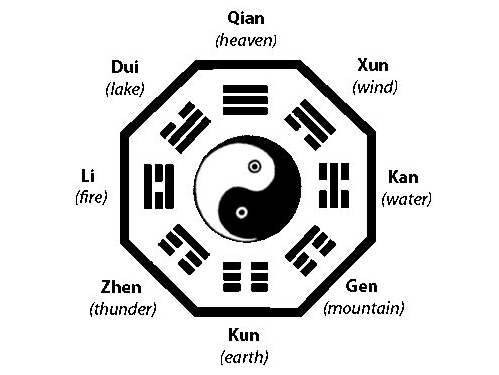



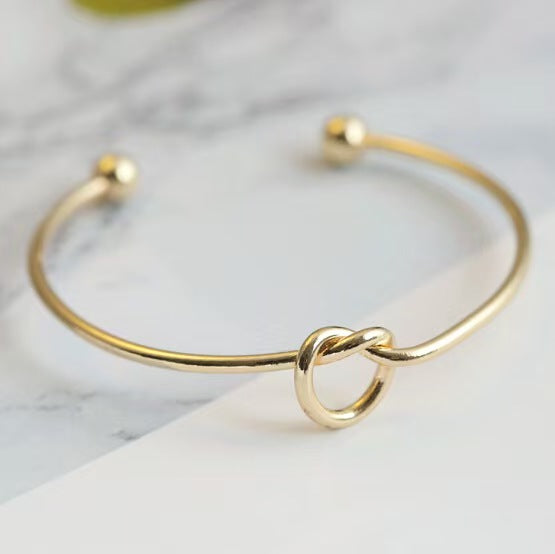
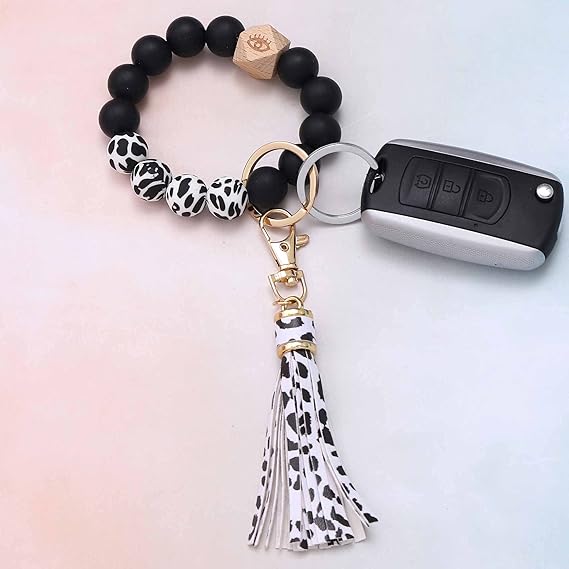
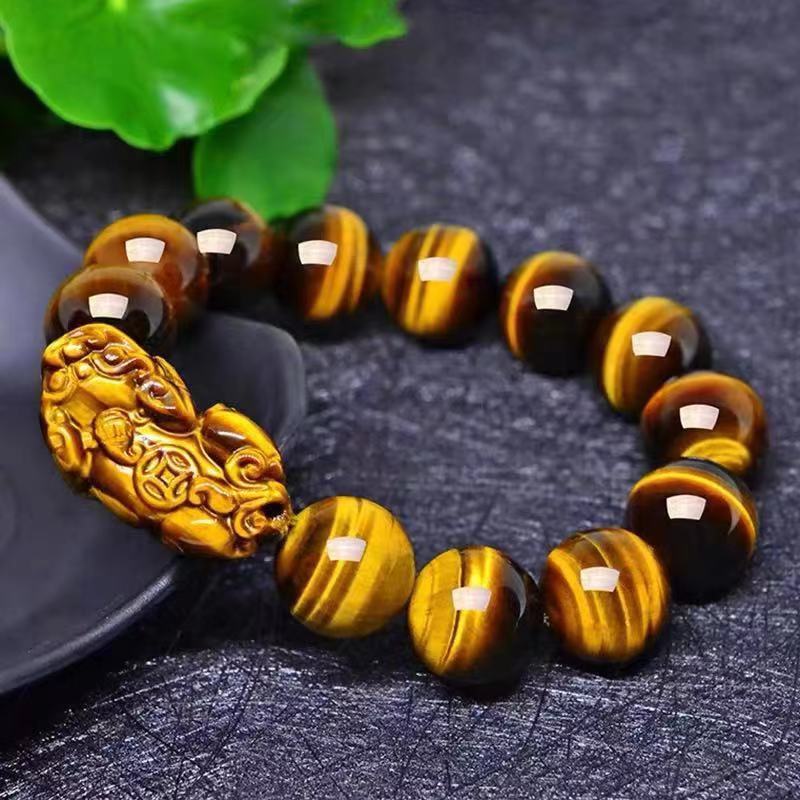
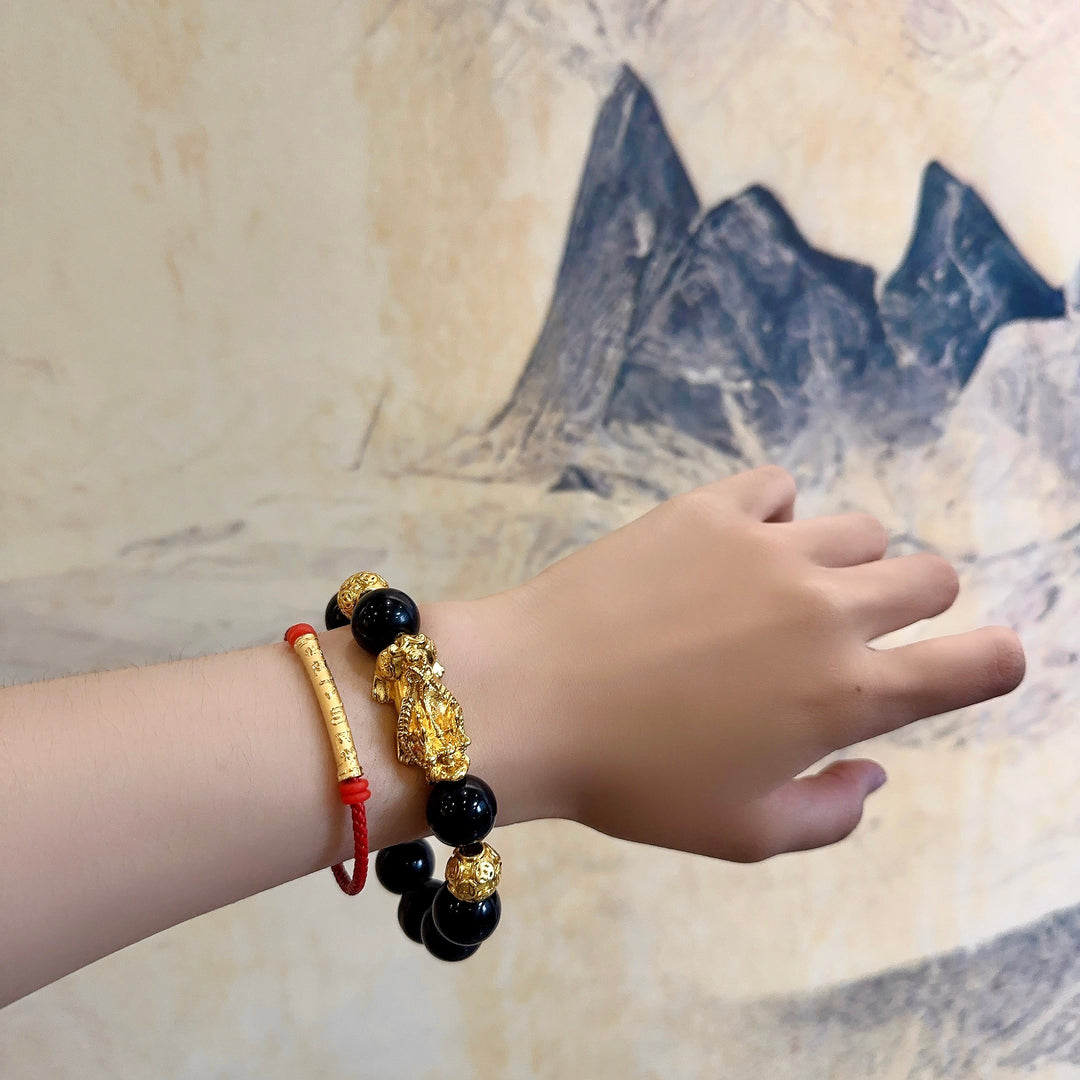
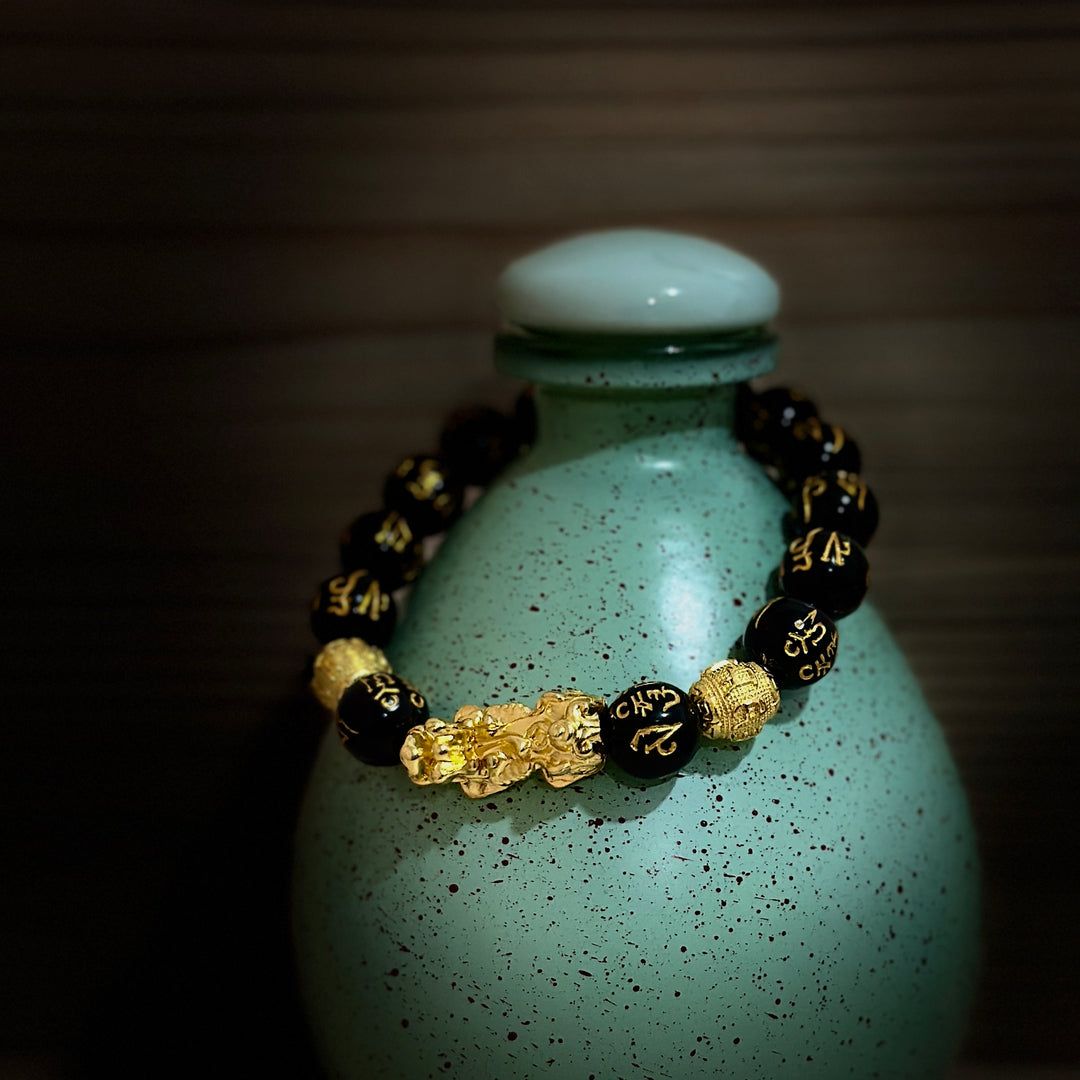
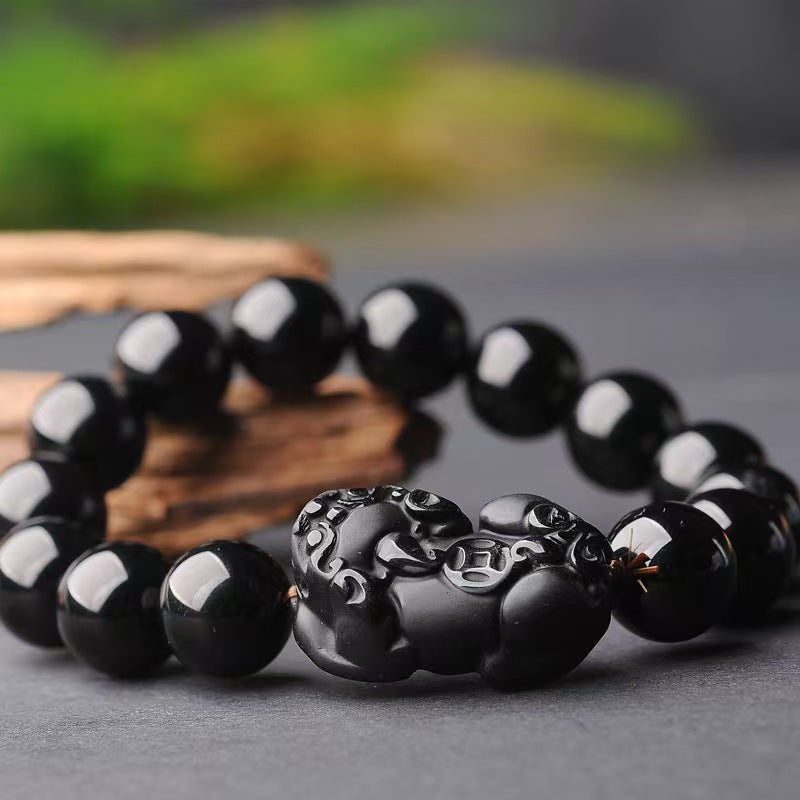





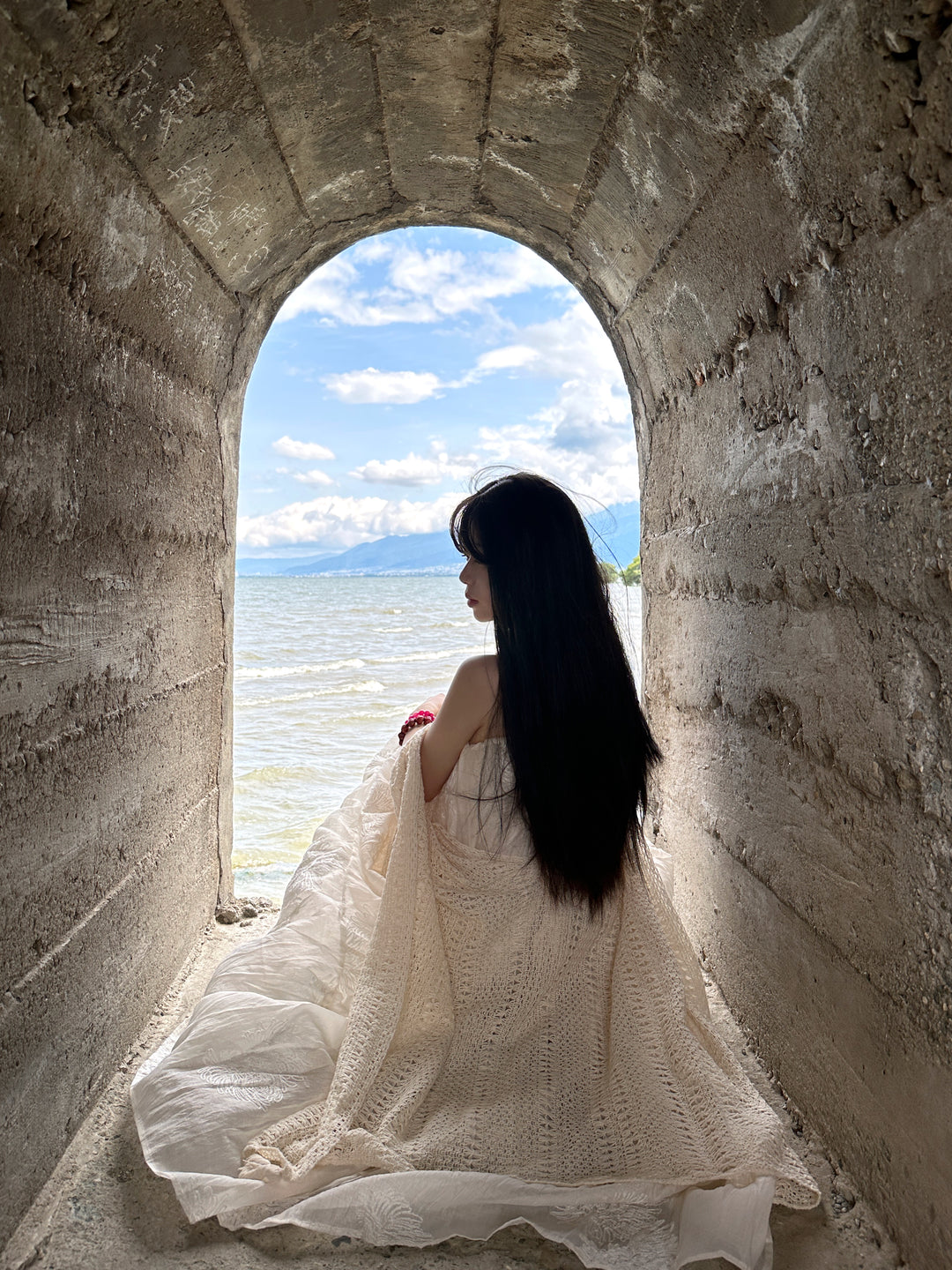
Leave a comment